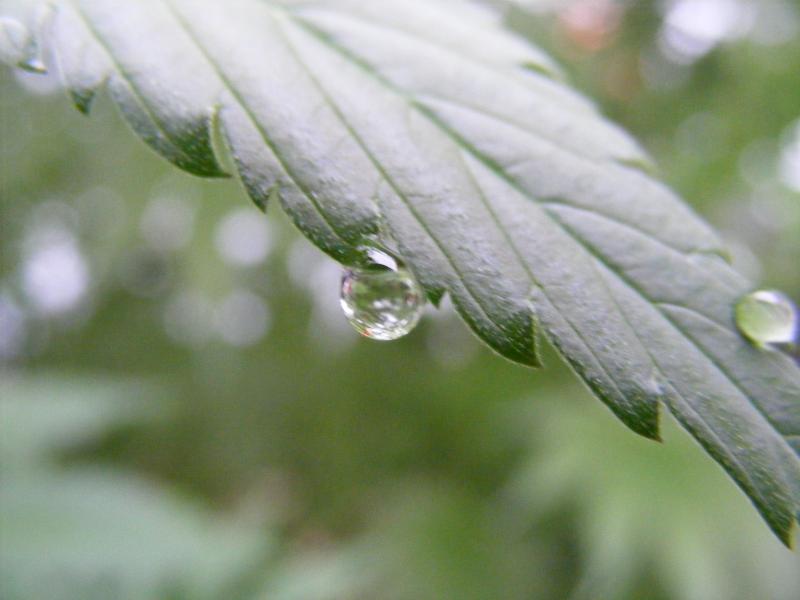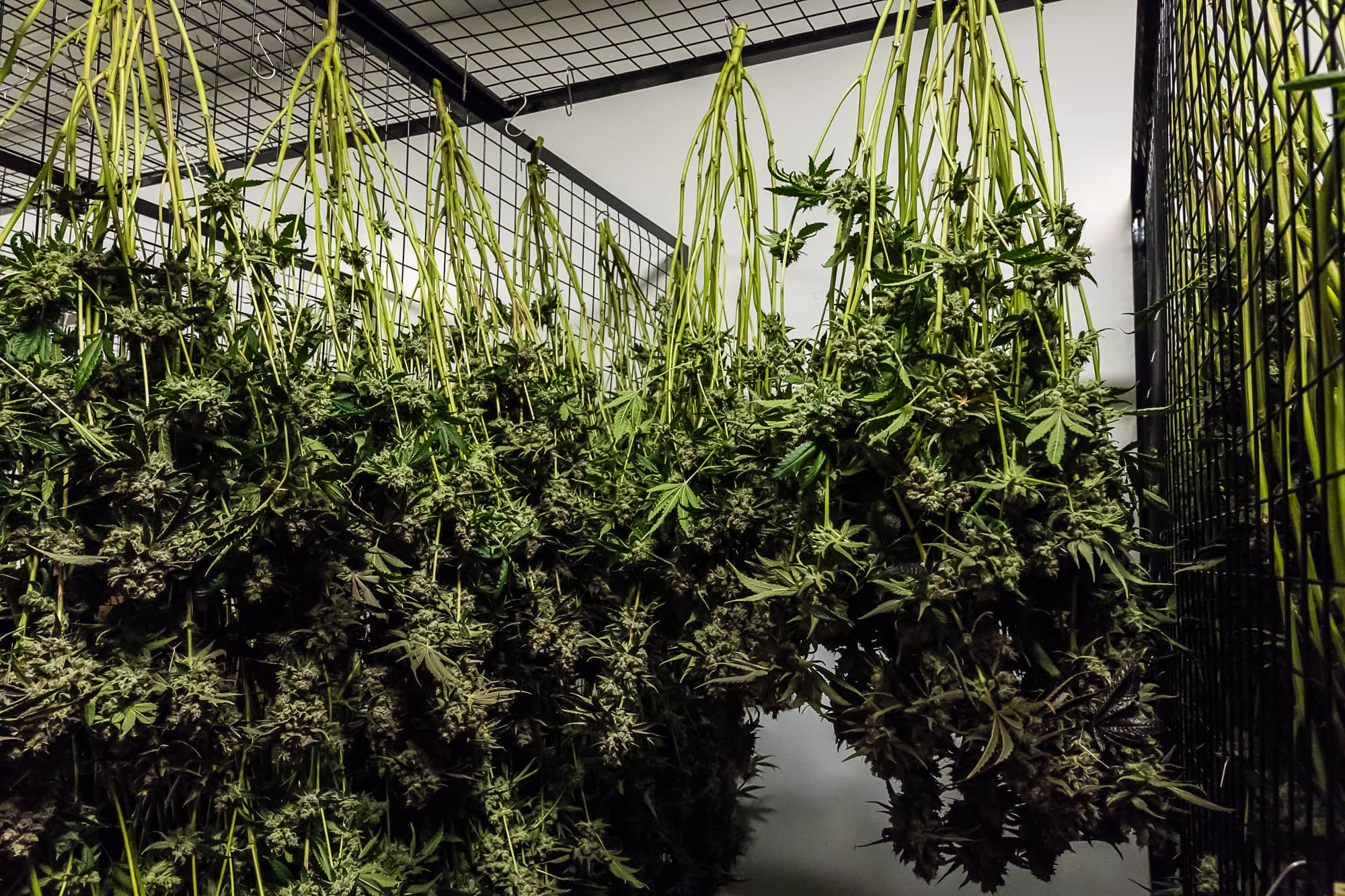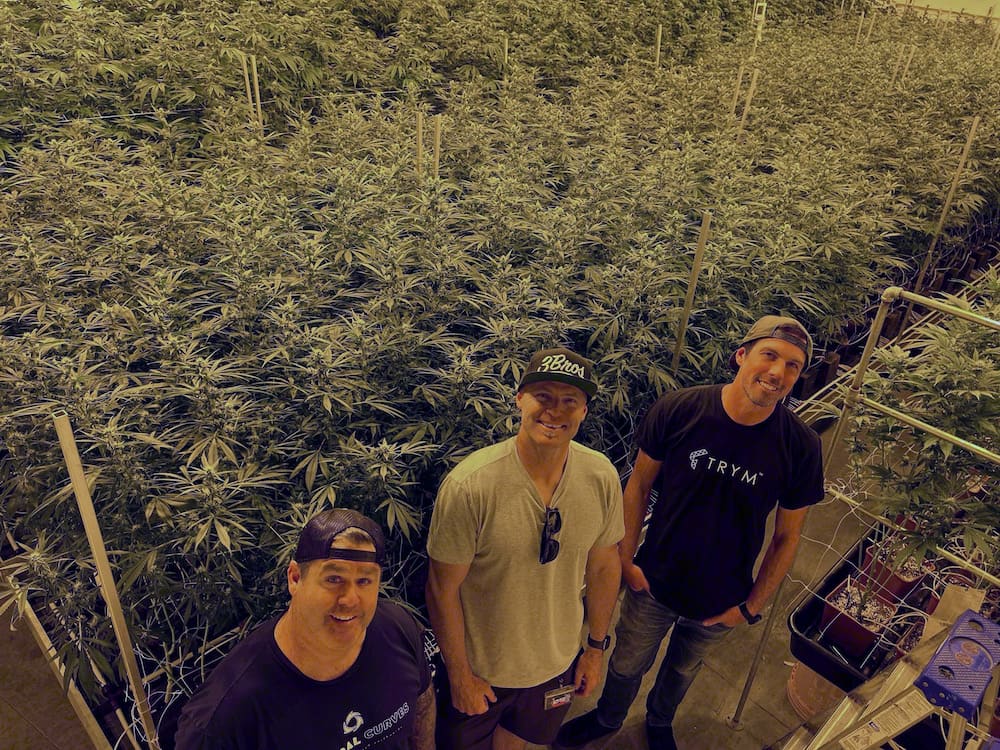Looking to advance in your cannabis cultivation career? As a former head grower for a leading MSO, Maggie reviews the five crucial skills you’ll need to succeed as a Cultivation Manager and beyond.
I joined Cresco Labs a little over 4 years ago during its infancy stage and saw them advance into the powerhouse they are today. Getting my foot in the door as an entry-level cultivator, I worked hard to hone my knowledge and advanced through numerous roles, eventually landing the Head Grower position for the entire operation at Cresco’s Joliet, IL location.
Working in commercial cultivation kept me on my toes, to say the least! Everyday there were new hurdles that I had to learn how to adapt to and overcome. The cannabis industry is new, fresh, and many want to be a part of the evolving market, but not everyone understands the magnitude of work it takes to be in this industry.
Now, I work in Business Development at Trym. Having used Trym personally at Cresco, it’s been a cool transition from plant-touching work to supporting cultivation operations with the software that supported me when I was a grower.
I thought I’d share my two cents of what it takes to work your way up to a leadership role in cultivation, in such a cut throat industry. I can tell you right now, it’s not easy, it takes a lot of hard work and perseverance, but when it’s your passion, the struggle is worth it in the end.
Below are the top five, need-to-have skills I believe strong leaders must possess in cannabis cultivation.
1. Adaptability
I can’t stress enough how new this industry is and how quickly things can change. Some states allow licenses to come online slowly, so as to not over-saturate the market. Others rapidly approve licenses, causing an influx of operators and oversupply in the market.
Either way cultivation businesses must adapt to the fluctuations in market demand and sales, forcing them to make decisions rapidly on the best course of action for their business.
If the operation is successful, the business takes on a never-ending cycle of expansion. One month you may be working in the cure room and three months later that cure room is now a processing room.
Two weeks at a prosperous cultivation site is like two months at a company in an established industry. As a manager you have to ensure you’re able to adapt to the constant changes and that your team’s morale doesn’t suffer from the revolving door of new procedures.
In our ever-evolving industry, it’s important you take advantage of flexibility around change and suggest new techniques to help the company grow. This will help you stand out from the rest and shows you’re helping to better the company. New tools and processes, like incorporation of technology, will help pave the way to better standards and production. Adaptability will set you up for success and upward mobility in your career.
2. High Technical Aptitude
Technology is a prominent part of our daily lives, and all companies incorporate technology into their businesses at some level. The cannabis industry is no exception to technological innovation.
Once a cultivation site hits a certain threshold of capacity, implementing various software solutions is a must. Any manager or leader must understand how to navigate and drive adoption of the new tech.
There is constant pressure to hit certain goals like grams per square feet or per room and meeting deadlines for when product needs to be harvested, processed, packaged, and on dispensary shelves. Efficiency and organization is crucial from beginning to end.
One way a manager can ensure high yields, rotation after rotation, is by tracking real-time data with full visibility of all data points to see what’s working and what’s not.
There are many moving parts in cultivation. Having the right software in place ensures daily operations are on track and plants are consistently reaching target yields and quality assurance metrics. Being able to use software and demonstrate facility performance will help you succeed in cultivation leadership.
3. Time Management
Cultivation is all about timing and time must always be on your side. Those that don’t understand plants, don’t fully understand the magnitude of efficiency. Every step has to be timed out perfectly, from cloning, up-potting, flipping to flower, pruning, and harvesting.
If one step isn’t timed out properly, it can affect the entire downstream operation. In turn, management can come under fire for something that could have been avoided if time was properly managed.
There were many times when I had to suit up for a spray because I didn’t have enough bodies or time and it had to be done before a harvest or placement. It’s so important to properly plan out daily tasks and have open communication with your team. Ensuring there’s always some wiggle room for a worst case scenario can’t be stressed enough.
One wrong move may not seem like a big deal, but it can cause a domino effect that derails the hard work put in up to that point. Cannabis is a sensitive crop, so preventing crop loss is a constant mindset. Setting up clear workflows can help ensure tasks are performed consistently and timelines stay on track for harvest rotations.
I’ve had many sleepless nights from the stress of ensuring everything went according to plan. Many don’t understand the pressure that management feels to meet specific harvest timelines while ensuring the cannabis is a quality product.
4. Quality Control
Cannabis products are not FDA regulated, but they are being consumed by the public, oftentimes for medicinal purposes. Cultivation leadership must set the standard for quality control and lead by example in achieving this standard. Quality standards ensure the cultivation team knows the procedures and sees the importance of them. Usually, there is a quality control department who works directly with the cultivation team to achieve a consistent and quality product.
Growers are tasked with following stringent IPM controls to ensure no pests, bacteria, or fungal outbreaks arise. It’s about knowing what to do, how to do it, and the ratio in which it should be done. The team also needs to know what’s expected of them on and off site. Quality can go down the tubes quickly when someone brings powdery mildew spores from their home grow into the facility.
Management’s role is always about looking at the moving parts and optimizing operations as the company scales. Much easier said than done. That’s why it’s critical to work with stakeholders to ensure the proper equipment is in place to mitigate any potential outbreaks. Sometimes the hardest thing to control is that which cannot be seen with the naked eye. Doing the proper research to ensure you’re up to date on equipment, procedures, and solutions is your best chance to stay ahead.
5. Communication
To be a good leader you have to be a good communicator. Your team needs to be aware of their roles, responsibilities,what it looks like to be successful at their job.
Software is one way to ensure fluid communication of daily tasks and expectations.
Something I personally struggled with in my role as manager, was my team’s morale. A big change would come and shake up the team. It was my job to ensure the team knew there was an open door to share thoughts, concerns, and ideas to stay on track while still enjoying the work environment. This could be challenging at times if leadership isn’t all on the same page, which can cause the ripples to expand.
It’s about being honest with yourself, management, and the entire team. To me, trust and relationships were everything in the cultivation team. And if we didn’t have trust, then we weren’t going to be set up for success. A big part of communication is listening. And it’s important to listen to your team and view the situation from multiple perspectives. At the end of the day we’re all doing the best we can with what we have. It’s up to leadership to lead by example and to hold the team accountable for the goals that are set. I would never ask my team to do anything I wouldn’t do, and I would always be open to what they have to say.
The team always showed up, because they knew I would show up for them. This was their passion just as much as it was mine and we worked together to achieve the goals in place. In my opinion, leadership is the core of the industry, and without good leadership the rest crumbles.
Takeaways and final thoughts
Working as a cultivation manager was such a rewarding experience for me, and I hope you find the same satisfaction in your journey. Of course, with any job in any industry it comes with its set of stressors and tough moments, but I wouldn’t change my experience for anything. Seeing the team come together as a family, to see the passion in everyone’s work, to see everyone’s effort be paid off in a high-yielding harvest, and to see everything come together the way it did made everything worthwhile.
It’s not about being the best grower, it’s about managing oneself in order to manage others. To take the time and hear the team, to lead the team, and to have the right set of tools to help the business flourish.
If you have the opportunity to advance to a cultivation lead, manager, or director I suggest you take it! I hope this article helps you understand the necessary skills to thrive in the wonderful cannabis industry.
Maggie McGregor, Business Development at Trym



















